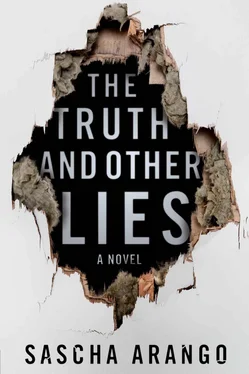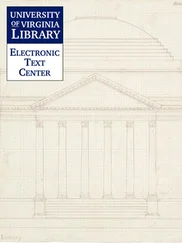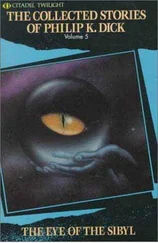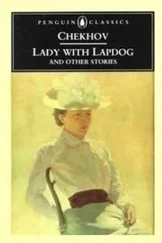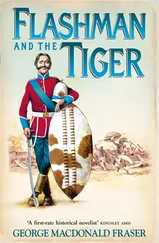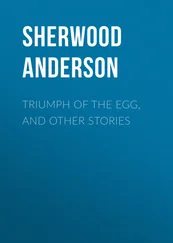No previous knowledge is required to know how death smells. There’s no smell like it. When you enter a morgue you can’t shake a sense of grim foreboding.
No corpse is beautiful. First Henry saw the feet. The toes were black and swollen. The corpse lay, oddly bulky, on the farthest of four big, clean, stainless-steel tables under a vertical light. The chest was already open. The head lay on a plastic block; something dark covered the face. At the table stood a woman of about fifty with short hair and stained overalls, who was putting something soft — we don’t want to know what — into a steel dish. The forensic pathologist had adopted the somber air of the autopsy room to delight in helping death in this place. A few paces from the autopsy table, Jenssen paused again and held Henry back.
“Just a moment, please.”
He hurried on ahead and spoke to the pathologist in a low voice. Henry saw her quick glance, then she nodded, took a green cloth, and laid it over the open chest of the corpse. Now Henry noticed the swollen hand sticking out at one side from beneath the cloth. The crisp, black skin on the fingers had cracked open. Flaps of skin had peeled off and hung down at the sides. Parts of the bone could be seen. The ring finger was missing.
Jenssen came back and stood between Henry and the corpse. He had grown noticeably paler.
“You must excuse us, we weren’t quite sure when you were coming. You can see for yourself, they’ve already started the postmortem, and the face is…” Jenssen couldn’t find the words to complete his sentence. “It’s better if you don’t see it.”
“Please, I want to see my wife.”
Jenssen stepped aside and Henry walked past him to the table. The pathologist pushed something that looked like a spatula under the torso. The skull had been sawed open, the brain lay in a dish beside it. The face had been pulled down from the forehead like that of a furry animal that’s been skinned. The severed ring finger lay in a little dish next to the brain, a gold ring gleaming on it. The pathologist reached into the corpse’s copper-green hair with her latex gloves and, with an unsentimental tug, pulled the face back over the skull.
“Your wife drowned,” the pathologist explained.
My wife? Henry thought. The face of the drowned body looked like a quattro stagioni pizza topped with seasonal ingredients such as you might dig into at the Italian restaurant on the corner. A doughy black tongue bulged out of the mouth; the eyes had sunk to shriveled olives; the nose had opened out like an artichoke, exposing two black holes. None of it resembled Martha. Her features weren’t even remotely recognizable. This face, dehumanized by rot, belonged to a stranger, as did the rest of the bulky body.
Although he was already quite sure, Henry also had a look at the cracked-up finger in the dish. The ring it wore was broad and less beautiful than the one that Henry had slipped onto Martha’s finger in the clerk’s office. A DNA test was hardly necessary. It wasn’t her.
Henry turned away, shaking his head. “That’s not my wife.”
Jenssen nodded in agreement, as if Henry had just said it really was Martha. “You’re right. It doesn’t look like your wife anymore, but it is.”
Jesus Christ, Henry thought, if I say the truth, no one believes me. “What did she have on?” he asked, knowing quite well that this might be a major blunder.
“She was fully clothed.”
“Then how can it be my wife? I found her clothes on the beach. And besides, my wife’s petite, and this lady here”—Henry pointed at the corpse—“is massive. And the ring on the finger there isn’t Martha’s wedding ring.”
Jenssen glanced in his folder. “There’s nothing here about a ring.”
He leafed through the pages, as if the missing clue might be there. Then he looked across at the pathologist.
“The ring was concealed under the epidermis on the palm,” she remarked matter-of-factly.
Henry held up his hand to show his wedding ring.
“I chose our rings; they’re identical and narrower than that one. We had our names engraved on them. Her ring ought to have my name on it.”
For the first time in years he pulled off his ring — it hurt a little — and handed it to Jenssen, who looked at the inscription of Martha’s name on the inside, and then went over to the table and bent over the finger in the dish.
The pathologist took some pincers and pulled the ring off the bone tissue. Not a nice noise. She rinsed the ring in clean water and passed it to Jenssen. To look at the inside, Jenssen had to hold the ring right up to his eye. It can’t have smelled good. There was no inscription. Shame and irritation at having notified Henry in such a premature and unprofessional way made Jenssen blush. “Damn!” he stammered, “I’m so sorry.”
“Don’t mention it.” Henry took the opportunity to reward the detective’s kindheartedness. Anyone can make a mistake, after all. “Do you know what, Jenssen?” he said, putting his hand on his shoulder. “You’ve convinced me that my wife’s still alive and I’m grateful to you for that. Would you like a coffee?”
Everything was up in the air again. No one suspected him; no one was going to arrest him. He didn’t need the toothbrush or the book, and he would drive home a free man. Like sunshine piercing the clouds after a storm, artificial light fell from the ceiling of the autopsy room onto the lady lying open on the table. Henry felt sympathy for the dead woman. What was it that had driven the poor thing into the water? Had she been tired of life, or fatally ill? Did she have children? Who was waiting for her now, in vain?
It later turned out that the dead woman was a retired police officer who’d fallen off a bridge trying to take a photo of a seagull.
Henry treated Jenssen to a coffee from the vending machine in the corridor. They stood next to each other for a while without speaking, sipping from their plastic cups.
“Sometimes people disappear,” Jenssen said after quite some time. He took a gulp of coffee and scrunched up the cup in his fist. “And some return.”
Henry flinched. “What do you mean by that?”
“Well, just recently we had a guy turn up — he’d been gone fourteen years, no mean feat, completely vanished, because, he says, his children got on his nerves.”
Jenssen giggled. Henry remained serious. A man who knows how hard it is to disappear doesn’t find that kind of thing funny.
“It’s ten years now since he was pronounced dead, his wife has married the man next door, and now the mongrel comes back and wants his wife to pay him his life insurance. He’s even brought charges against her — can you believe it?”
Henry could understand the man perfectly, but he didn’t reply. Jenssen took a piece of paper out of his folder and handed it to him. It had clearly been torn from a book. Four words from a line of printed text were visible.
“We found this in your wife’s jacket.”
Henry put on his reading glasses that he’d brought with him especially for his stay in custody. A message had been scribbled over the scrap of print in a ballpoint pen that had pierced the paper in several places; the writing surface had evidently been soft. The hand was rounded, feminine.
“It says: If I can do anything and there’s a phone number.” He gave the scrap of paper back to Jenssen. “That’s not Martha’s writing.”
“We rang up. The number belongs to a certain Sonja Reens.”
Henry saw the young woman before him, standing in Martha’s parka by the sea, huddled up with cold.
“She’s the daughter of Elenor Reens, our mayor. I met her on the beach when I was looking for my wife.”
“That’s right. She sends her regards and asked how you were.”
Читать дальше
